Most of us have grown up in a world that talks about gender as binary (one thing or another)
- that we are either a girl or a boy, a woman or a man.
However, research is now showing that whilst it IS like that for many people, it ISN’T like that for everyone. This can be hard for some adults to understand, and it can be even more confusing for children!
The Counselling Space helps people navigate this topic and supports them through their journey, including helping parents with their own understanding, and to answer questions from their children.
Hearing directly from transgender and gender diverse children and their parents can be the easiest way to understand.
This video from the ABC Me series may answer many of your questions, and it remind us that accepting all children for who they are is the most important thing we can do as parents, carers and other adults.
Should I be worried about my child?
Exploring gender identity is a normal part of child development. Sometimes gender diversity is noticed as early as 2-3 years, other times a child may not start questioning their gender identity until close to puberty or until adolescence.
If your child is confused about gender, feels in any way distressed or concerned about their gender identity, makes negative comments about their anatomy, or has emotional or behavioural concerns that might be linked to gender identity, feel welcome to talk to your child's GP (doctor) or with us.
The most helpful thing a parent can do is show total and unconditional acceptance of their child. Research has confirmed this is the biggest indicator of future mental wellbeing for children.
The Role of Play Therapy
Through play therapy, children can safely explore their identity - including gender expression - in a safe, accepting and non-judgemental environment.
The goal is to help them identify the gender that they feel most comfortable with, and help them become more aligned and confident with this while addressing any worries and anxieties.
Play therapy DOES NOT guide children to identify with the gender ascribed at birth (known as 'conversion therapy') and it DOES NOT guide children to take on a transgender or gender diverse identity. It is child-centred, goes at the pace of the child and in the direction chosen by the child.
At The Counselling Space we provide assessments and counselling consistent with the World Professional Association for Transgender Health (WPath) standards so you can be assured our interventions are informed, up to date and affirming for your child.
Frequently Asked Questions
These are some of the questions we are often asked:
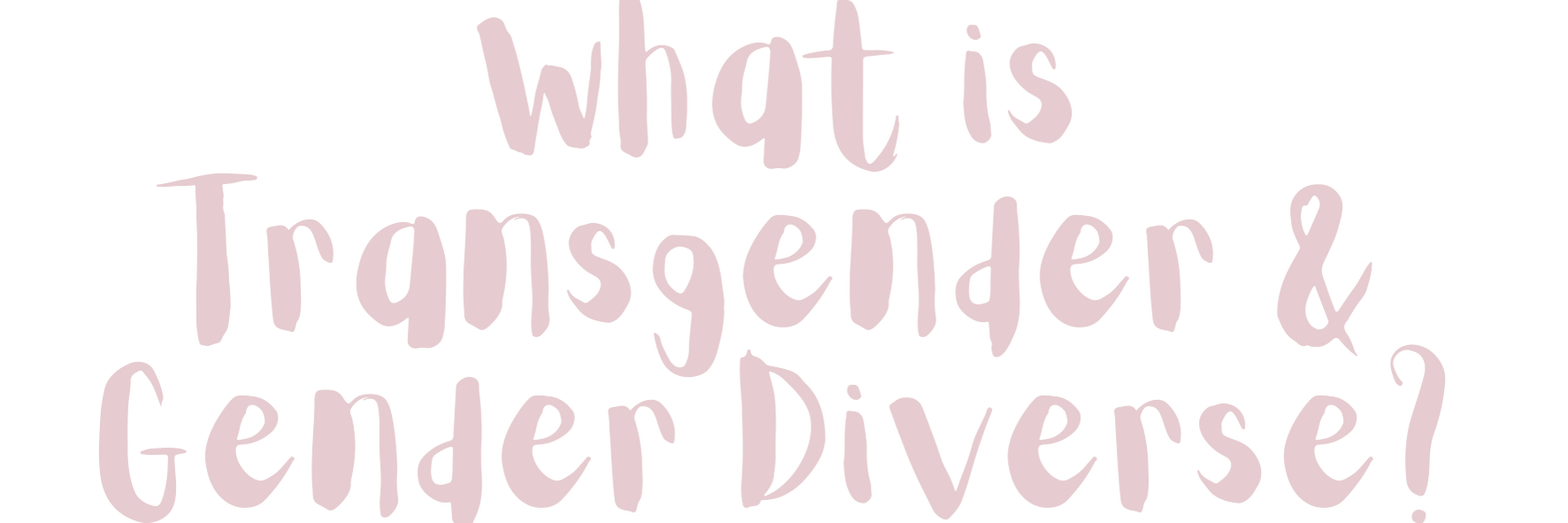
The following definitions might help you navigate and understand gender identity:
A transgender child is one who was assigned as male at birth but identifies as a girl, or a child who was assigned female at birth but identifies as a boy.
A gender diverse child is one who may have a range of gender identities and practices, combine different genders, or identify as having a non-binary (neither male nor female) gender. Gender diverse children may express themselves in many different ways.

Every child goes through “phases” – of favourite toys or music, video games, language, clothing or hair styles - but being transgender or gender diverse is not a phase, it is exploration and affirmation of identity. Trying to dismiss it or change it is like trying to dismiss or change a child’s true sense of self - it can be very hurtful and potentially harmful at a time when a child most needs support, validation and accurate information.
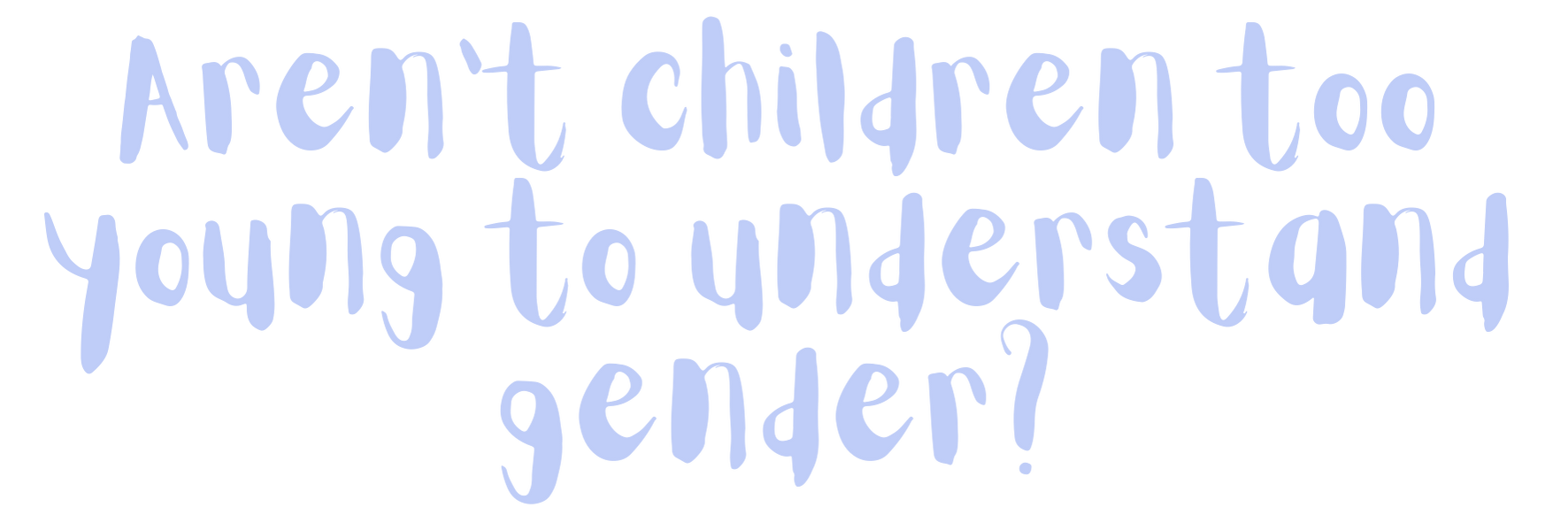
Most children start to understand and express their gender identity at two to three years of age. This is most commonly seen through their preferences for particular clothing, toys and interests, and through their language “I’m a girl!” or “I’m a boy!”.
Some transgender or gender diverse children may also start expressing their gender identity in these preschool years, while others may identify it later on. There is no right age for children to know they are transgender or gender diverse. It is important to know that while all children experiment and explore gender - eg in dress up play or ‘home corner’ at preschool - for transgender and gender diverse children it is often more persistent and consistent.
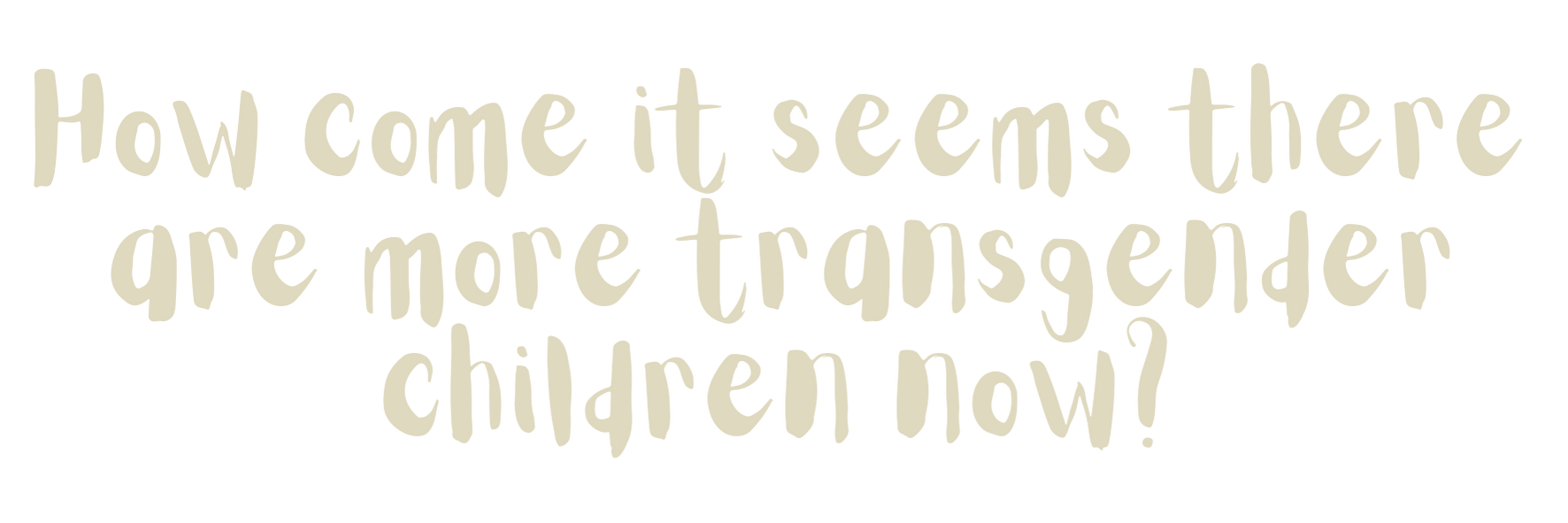
There are an increasing number of children reporting an experience of gender that is different to the sex they were assigned at birth. This doesn’t mean that it is a new thing, as there is evidence of transgender people in almost every culture and country from before records were written down. It does mean gender diversity is being talked about more openly now, especially as there is more research emerging and more trans people feeling safe in talking about their gender identities.
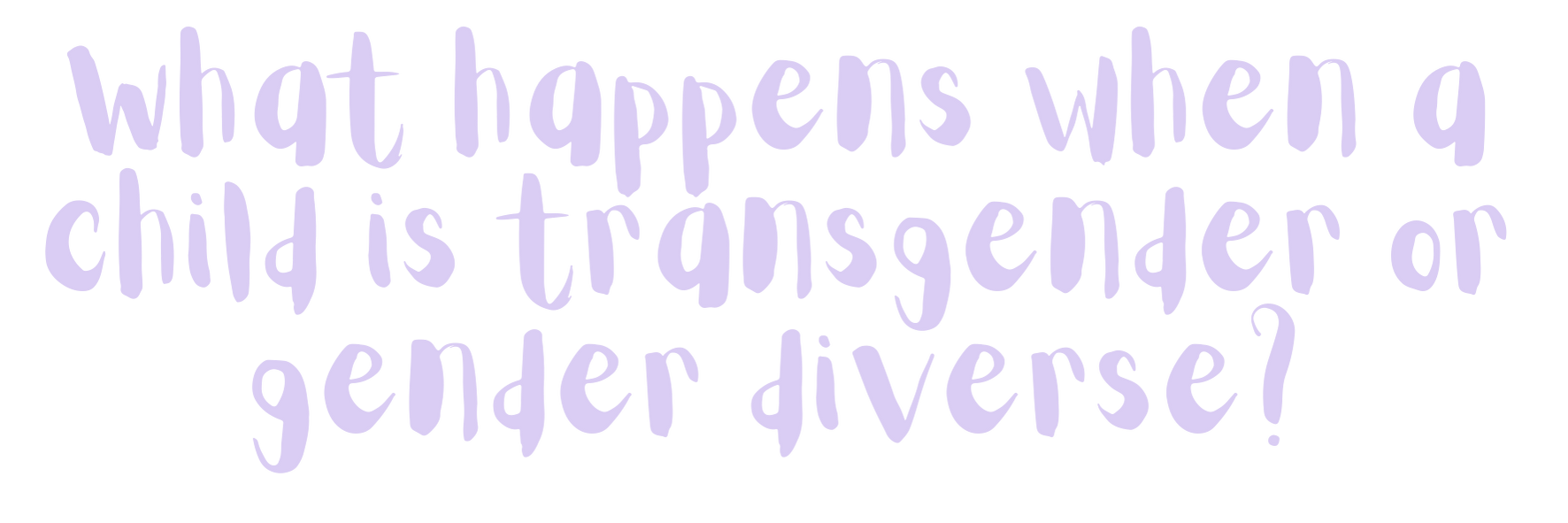
The most important thing for a child is that they have parents, teachers, caregivers and other important adults that are caring and accepting of their gender exploration, and that they have peers who accept them just as they are.
In early childhood, support and validation is the best approach. Allowing children to explore their identity without criticism, supporting their choices in clothes, hairstyles, names and pronouns helps their wellbeing.
A child’s GP, paediatrician or a gender affirming play therapist can provide information about early social transition, as this can be the best option for some children. If a child is experiencing any distress it is important they and their family have access to professional support.
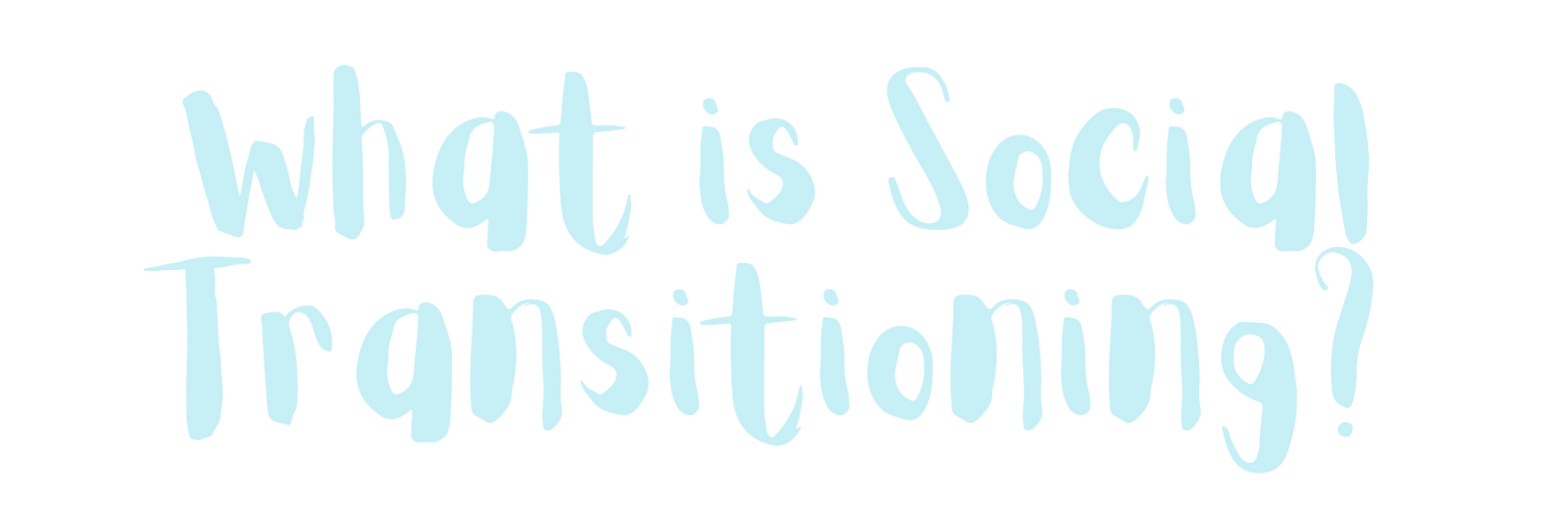
For trans children, social transitioning - sometimes called gender affirmation - means being able to live socially as their identified gender. Gender affirmation is not that someone becomes someone else but that, for the first time other people also view them as who they truly are.
This can mean using their chosen name, preferred pronouns (he/him, she/her, they/them), dressing in the school uniform and clothes that align with their identified gender, and participating in activities associated with their identified gender. Social transitioning before puberty is about LIVING as their identified gender: it does not involve hormones or any other medical interventions.
This can be confusing for other children who have a natural and emerging curiosity about the human body. School friends might wonder or ask a trans girl if she still has a penis, or a trans boy if he has grown a penis, for example.
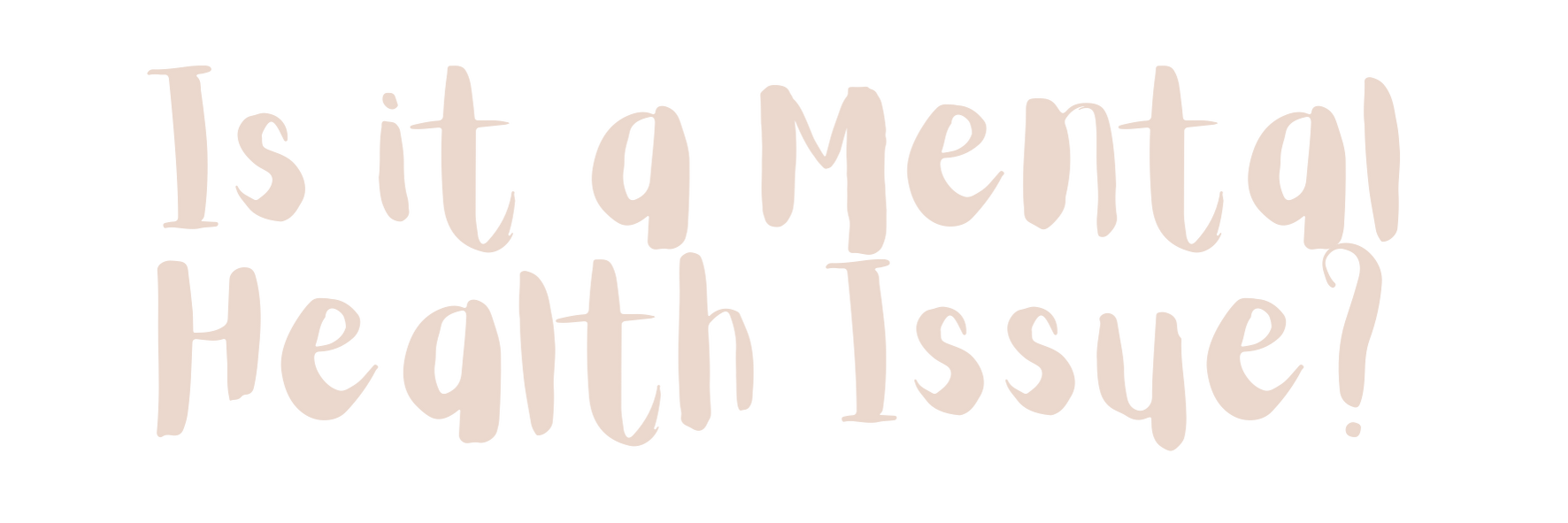
Being transgender or gender diverse isn’t a mental illness. However “gender dysphoria” can occur when a child is distressed because they feel a mismatch between the sex they were assigned at birth and their gender identity. This can happen when children feel confused, misunderstood, scared, or marginalised as a result of societal and cultural ideas about gender.
If this distress is high, it can lead to anxiety, depression and even thoughts of self harm or suicide. This is why providing children with accurate and helpful information, and a caring, affirming and supportive environment, is important for their mental wellbeing.
Many gender diverse children do not have gender dysphoria, or if they do it resolves when they are able to express their gender identity.
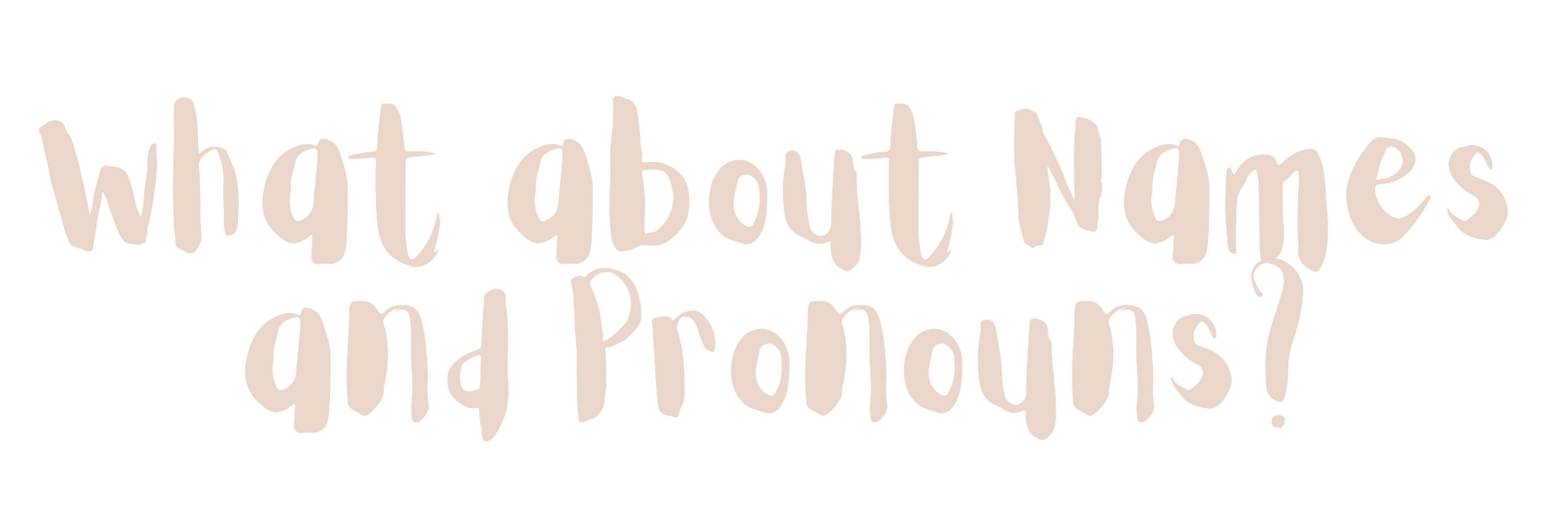
When a child socially transitions, they will often take time to choose a first name that reflects who they really are. This might be close to the name they were born with, or it might be totally different. Sometimes children experiment with different names before settling on one that seems right for them. They might want to tell everyone at the same time, or they might want some people - like family and friends - to know first. They will know what fits best for them.
Transgender and gender diverse children will also let people know what pronouns they prefer - namely she/her, he/him or they/them. Respectfully checking with a child what they would prefer can increase a child’s feelings of inclusion and acceptance, so don’t be afraid to ask!
Puberty brings physical changes with the onset of secondary sex characteristics, such as breast development and menstruation for girls, and facial hair and voice deepening for boys. This can be highly distressing for transgender children, as they see their body changing in ways that are not congruent with their gender identity.
It is at this time that professional support is important, as time-sensitive interventions can be a significant help. Puberty blockers delay the onset of secondary sex characteristics, while still being reversible, and in this way give children time to cognitively and emotionally mature while they decide whether they will seek further changes when they are older.
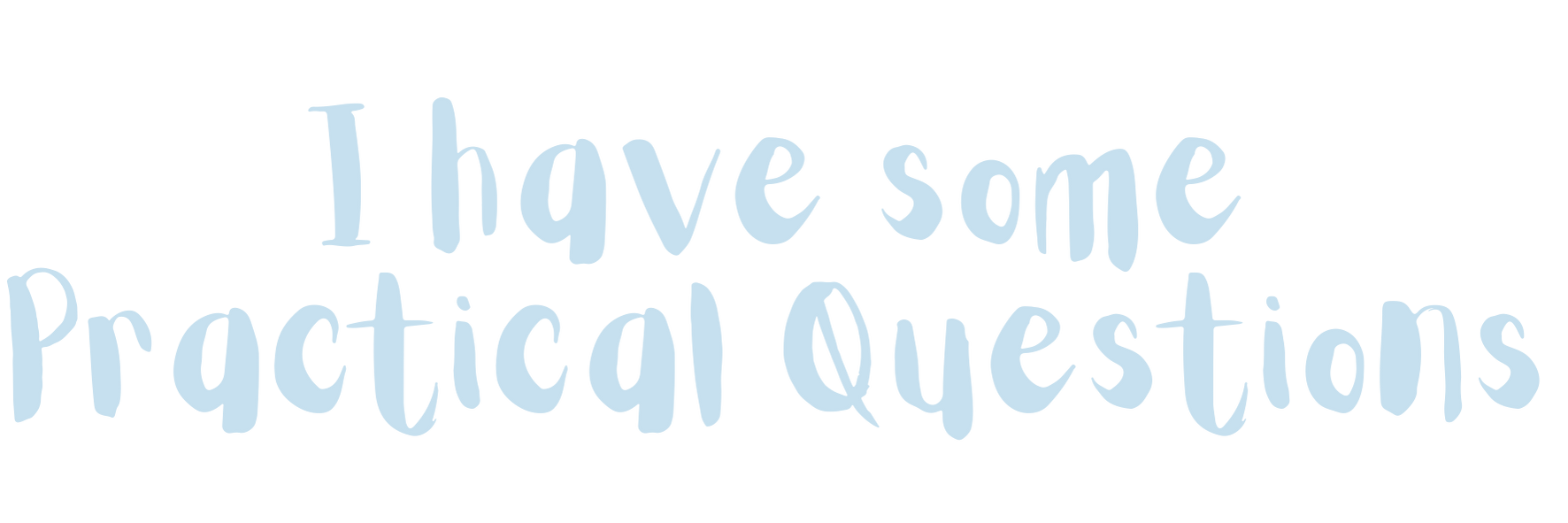
What toilets do transgender and gender diverse children use?
It can be really helpful (as well as respectful) to stop thinking of a transgender child as a boy in girl’s clothes, or a girl in boy’s clothes, and instead to think of them as their identified gender - a girl or a boy. Children are able to let those around them know which bathroom they want to use. If they are socially transitioning, they are able to let the people around them know which toilets they feel most comfortable using. If they identify as a girl they may use the girl’s toilets, and if they identify as a boy, they may use the boy’s toilets. They may prefer to use the 'all abilities' bathrooms - but this needs to be the choice of the child, not the expectation of the school or organisation, otherwise it emphasises difference. Keep in mind that all toilets have cubicles for privacy.
What about sport and activities?
Some sports and activities are gender based - eg girls’ teams and boys’ team - and some are mixed. If a child is socially transitioning, they would play in the team or participate in the activity that is aligned with their identified gender. A transgender girl, for example, would play on the girls’ team, and a transgender boy would play on the boys’ team. Most schools and sporting facilities are starting to recognise that communal changerooms can be difficult for most children when they are just getting to know their bodies, and have private change cubicles available. (As children become older and if they choose to participate in more professional and elite level sport, there may be different decisions about their participation.)

If you are wondering if your child may be transgender and would like more information, the following resources may be helpful:
Parents of Gender Diverse Children
You are also welcome to contact us at The Counselling Space to see if our therapeutic support can be of help to you, your child and your family.
This information is from evidence based information from:
- Hunter New England Local Health District
- The Gender Centre
- QLife
- Parents of Gender Diverse Children
- The Australian Psychological Society


